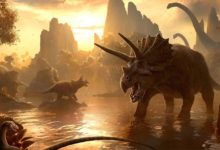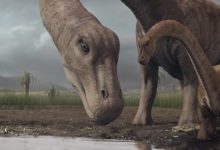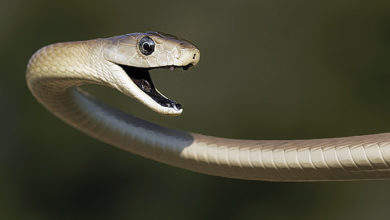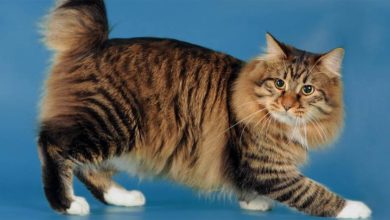Alamosaurus – one of the largest dinosaurs
Alamosaurus sanjuanensis
Alamosaurus sanjuanensis is a species of sauropod dinosaur that lived during the Late Cretaceous period in what is now North America. It is one of the few sauropod species known from the southern part of continent, with fossils having been found in Texas and New Mexico in the United States, as well as in Coahuila and Nuevo Leon in Mexico.
Classification
- Clade: Dinosauria
- Clade: Saurischia
- Clade: †Sauropodomorpha
- Clade: †Sauropoda
- Clade: †Macronaria
- Clade: †Titanosauria
- Clade: †Lithostrotia
- Family: †Saltasauridae
- Subfamily: †Opisthocoelicaudiinae
- Genus: †Alamosaurus
- Species: †Alamosaurus sanjuanensis
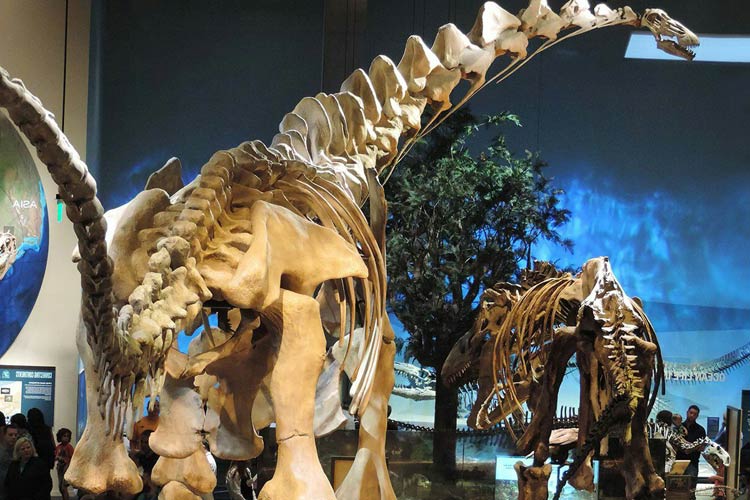
Characteristics
Alamosaurus was a large, long-necked herbivore, with a body length of up to 26 meters (85 feet) and an estimated weight of around 20-30 tons (up to 38 tons). Its skull was relatively small compared to its body size, with a long, narrow snout and small, peg-like teeth. It likely used its teeth to strip leaves and twigs from plants, rather than grinding them up like some other sauropods.
The most distinctive feature of Alamosaurus was its long, slender tail, which may have been used as a counterbalance to its massive body. It also had four sturdy legs, each ending in a large, elephant-like foot.
Alamosaurus lived in a semi-arid environment, with a mix of forests and grasslands. It is thought to have migrated over long distances in search of food, following the seasonal patterns of plant growth. It may have traveled in herds with other sauropods, as well as with herbivorous dinosaurs such as ceratopsians and hadrosaurs.
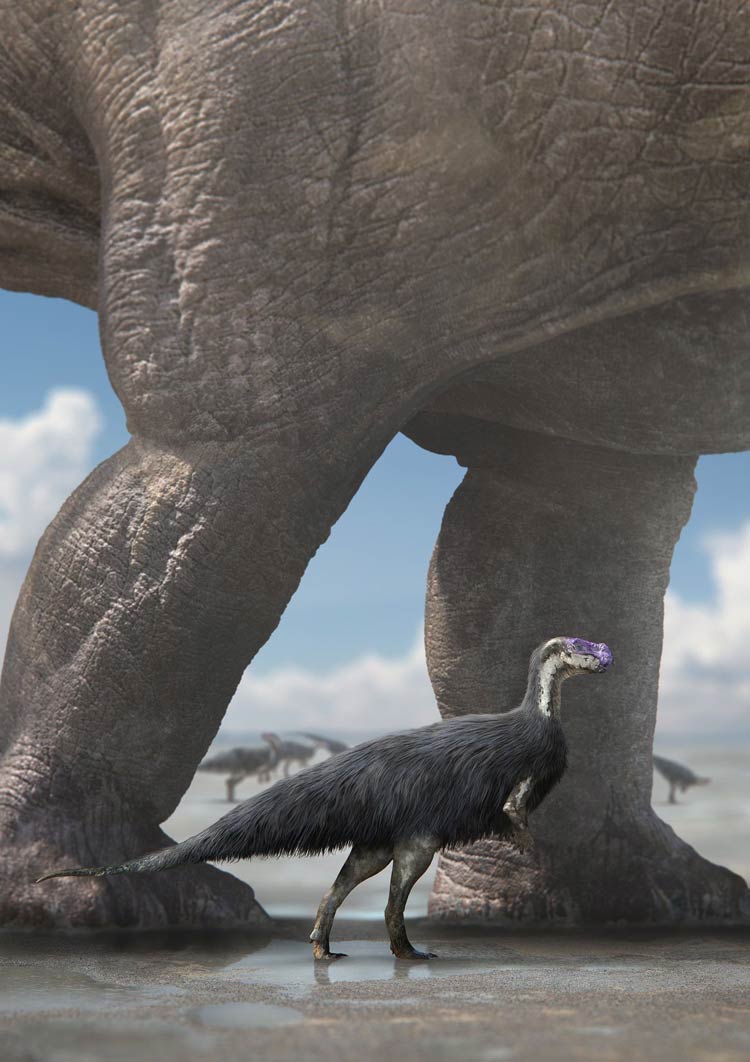
Fossils and discovery
Fossils of Alamosaurus have been found in sedimentary rock formations, indicating that it lived near rivers and lakes. It is possible that Alamosaurus used these bodies of water as sources of drinking water and as a means of cooling off in the hot, dry climate.
Despite its size and dominance as a top predator, Alamosaurus likely faced competition from other large herbivores for food resources. It may also have been preyed upon by carnivorous dinosaurs such as tyrannosaurids and allosaurids.
Alamosaurus was first described in 1922 by paleontologist Charles W. Gilmore, based on a partial skeleton found in the San Juan Basin in New Mexico. The genus name “Alamosaurus” refers to the location where the fossils were discovered, in the Ojo Alamo Formation, and the species name “sanjuanensis” refers to the San Juan Basin.
Since its initial discovery, several additional specimens of Alamosaurus have been found, including the most completely known specimen found in Texas in the 1980s. These fossils have provided insight into the anatomy and behavior of this enigmatic dinosaur.
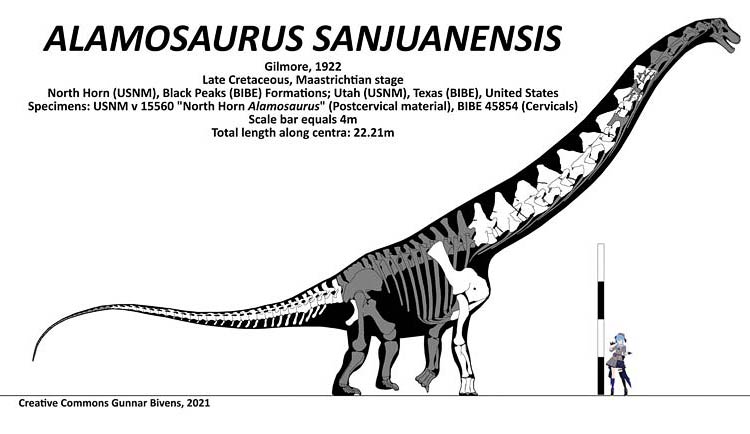
Relation to other dinosaurs
One interesting aspect of Alamosaurus is its potential relationship with other sauropod species. Some scientists believe that Alamosaurus may be closely related to the sauropod Diplodocus, which lived in North America during the Late Jurassic period, around 100 million years earlier. If this is true, it would suggest that Alamosaurus is a descendant of Diplodocus, or at least a close relative.
Other researchers, however, argue that Alamosaurus is more closely related to the sauropod Mamenchisaurus, which lived in Asia during the Middle Jurassic period. This theory is supported by the similarities in their skull anatomy and neck vertebrae.
Regardless of its precise evolutionary relationships, Alamosaurus stands as a fascinating example of the diversity and adaptation of sauropod dinosaurs during the Late Cretaceous period. It is a testament to the success of these giant herbivores, which dominated the landscape for over 100 million years.
In addition to its scientific importance, Alamosaurus has also played a role in popular culture. It has been depicted in several movies, including the Jurassic Park franchise, as well as in numerous books and video games.
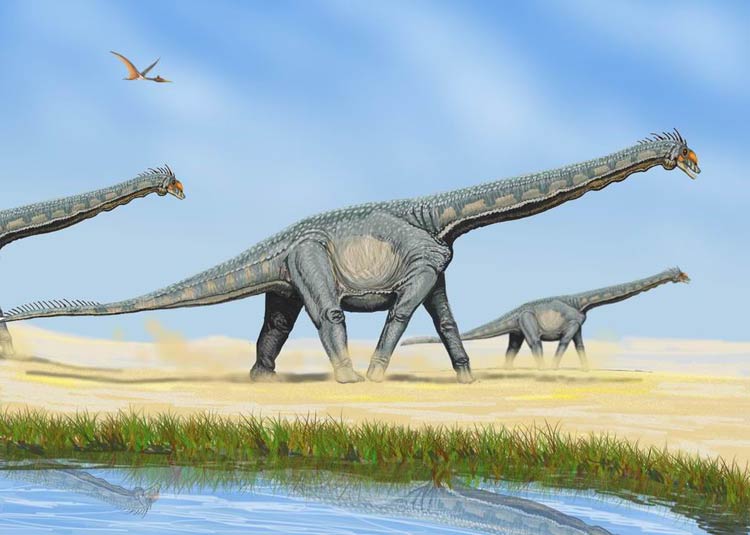
What is not known about Alamosaurus?
Despite its fame, however, much is still unknown about Alamosaurus and its lifestyle. For example, it is unclear how this dinosaur reproduced, or how it cared for its young. Some scientists have suggested that Alamosaurus may have laid eggs in nests, like some modern reptiles, while others believe it may have given birth to live young, like mammals.
Another area of ongoing research is the evolution of Alamosaurus and other sauropods. Some scientists have proposed that sauropods may have evolved long necks and small heads in order to reach higher into trees for food, while others believe that these features may have been adapted for other purposes, such as attracting mates or intimidating rivals.
Icon of the prehistoric world
Despite these and other mysteries, Alamosaurus remains an iconic and enduring symbol of the ancient world of dinosaurs. Its fossils continue to provide valuable clues about the evolution and behavior of these fascinating creatures, and will surely continue to captivate the imaginations of scientists and the public for years to come.
One of the largest sauropods
One of the most striking aspects of Alamosaurus is its size, as it was one of the largest sauropods to ever exist. Its massive body would have required a tremendous amount of food to sustain, and it is likely that Alamosaurus spent much of its time eating. Some scientists have estimated that this dinosaur may have consumed as much as 400 pounds (181 kg) of plant matter per day.
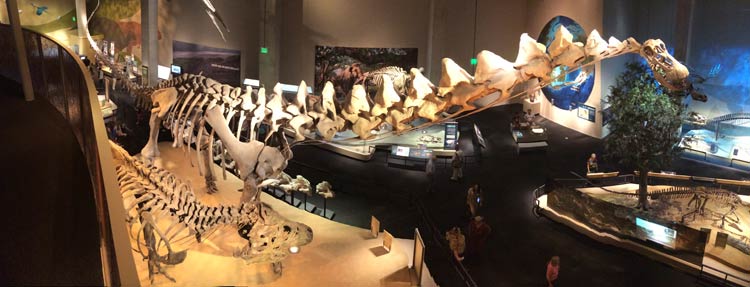
To process all of this food, Alamosaurus would have needed a highly efficient digestive system. Some researchers believe that this dinosaur may have had a multi-chambered stomach, similar to that of a cow, which would have allowed it to break down tough plant material and extract the maximum amount of nutrients. Other scientists have proposed that Alamosaurus may have used symbiotic bacteria in its gut to aid in digestion, as some modern herbivorous animals do.
Threats
Despite its impressive size and strength, Alamosaurus would have been vulnerable to a variety of predators, including tyrannosaurids and allosaurids. It is possible that this dinosaur used its long tail as a defensive weapon, lashing out at attackers. Some scientists have also suggested that Alamosaurus may have relied on its herd behavior and size to deter predators, similar to how modern-day elephants use their numbers to protect themselves.
Summary
Overall, Alamosaurus was a truly remarkable dinosaur that played a significant role in the ecosystem of the Late Cretaceous period. Its fossils continue to provide valuable insights into the evolution and behavior of sauropods, and it will undoubtedly continue to captivate the imaginations of scientists and the public for years to come.
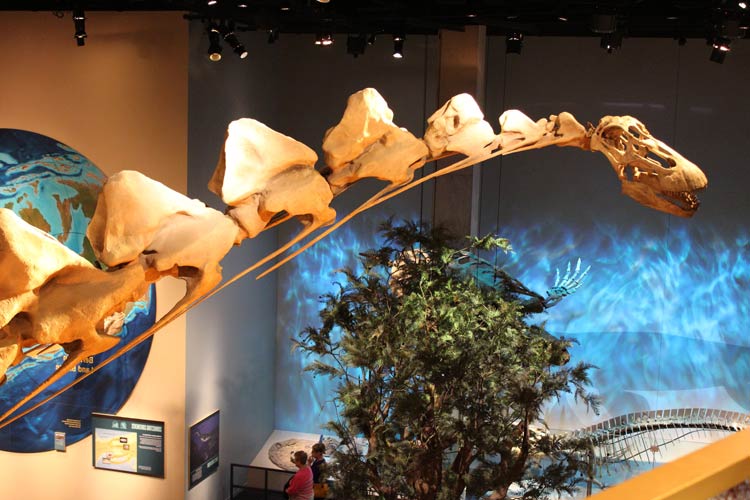
Detailed data / size / dimensions
Alamosaurus sanjuanensis
- Length: 26 m (85.3 ft)
- Weight: 38,000 kg (83,774 lb)
- Dated: 7-66 million years ago (late Cretaceous)
- Distribution: North America
Interesting facts
- Alamosaurus was one of the last sauropod dinosaurs to exist, living around 70-66 million years ago during the Late Cretaceous period.
- It was one of the few sauropod species known from the southern continent, with fossils having been found in Texas and New Mexico in the United States, as well as in Coahuila and Nuevo Leon in Mexico.
- It is thought to have migrated over long distances in search of food, following the seasonal patterns of plant growth.
- Alamosaurus likely faced competition from other large herbivores for food resources, and may have also been preyed upon by carnivorous dinosaurs such as tyrannosaurids and allosaurids.
- Some scientists believe that Alamosaurus may be closely related to the sauropod Diplodocus, while others argue that it is more closely related to the sauropod Mamenchisaurus.
- Alamosaurus may have laid eggs in nests, like some modern reptiles, or it may have given birth to live young, like mammals.
- Some researchers have proposed that sauropods may have evolved long necks and small heads in order to reach higher into trees for food, while others believe that these features may have been adapted for other purposes, such as attracting mates or intimidating rivals.

Recommended
- The Bone wars
- The longest dinosaurs. Sauropods Top 10
- The heaviest dinosaurs – Top 10
- The longest predatory dinosaurs. Theropods Top 10
- The heaviest predatory dinosaurs Top 10
- The longest Ornithischians (Ornithischia) TOP 10
- The heaviest Ornithischians Top 10
- The largest raptors (dromaeosaurs) Top 10
- The heaviest Dromaeosaurids / dromaeosaurs – Top 10
- The longest Ankylosaurus Top 10
- The heaviest Ankylosaurus Top 10
- The longest ceratopsians
- The heaviest cerapsians
- The longest and largest ornithopods
- The heaviest ornithopods Top 10
- The longest Stegosaurians (Stegosauria) TOP 10
- The heaviest Stegosaurians (Stegosauria) Top 10
- The smallest sauropods Top 10
- The smallest dinosaurs Top 10
- The largest pterosaurs Top 10
- Dinosaurs
- Dinosaurs database
- Predatory dinosaurs
- Animals & dinosaurs records
- The fastest animals – Top 100
- The fastest birds – Top 10




